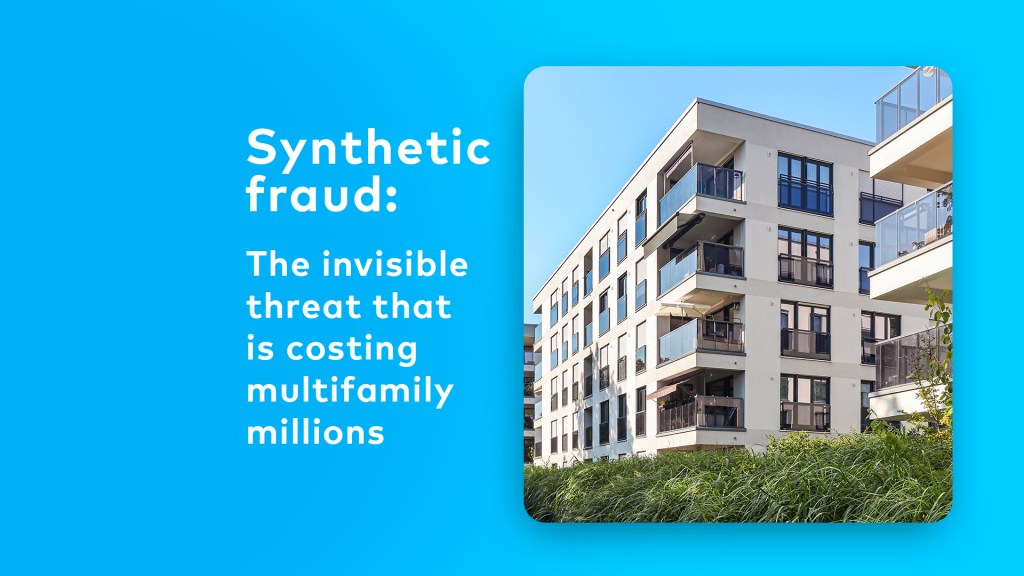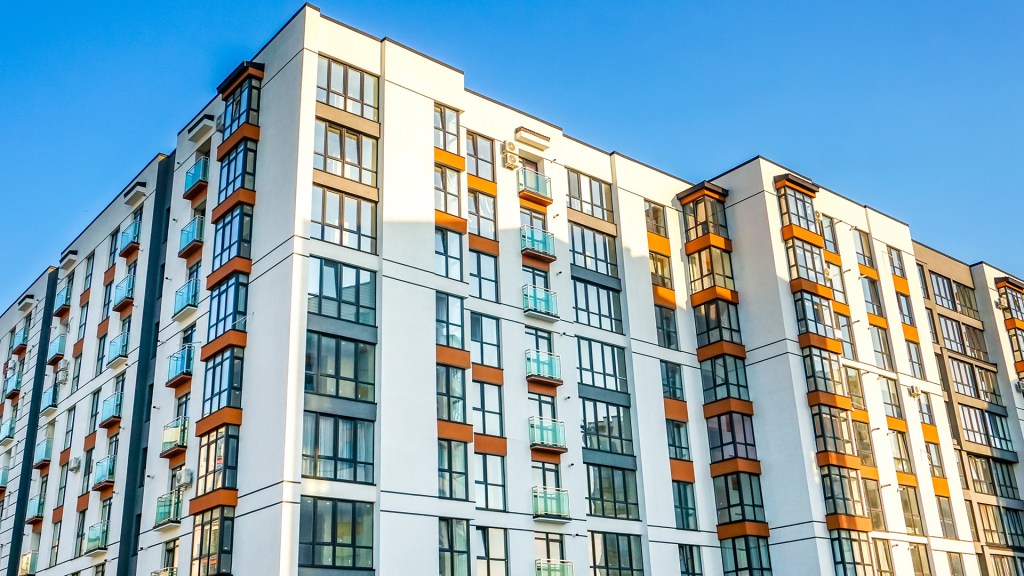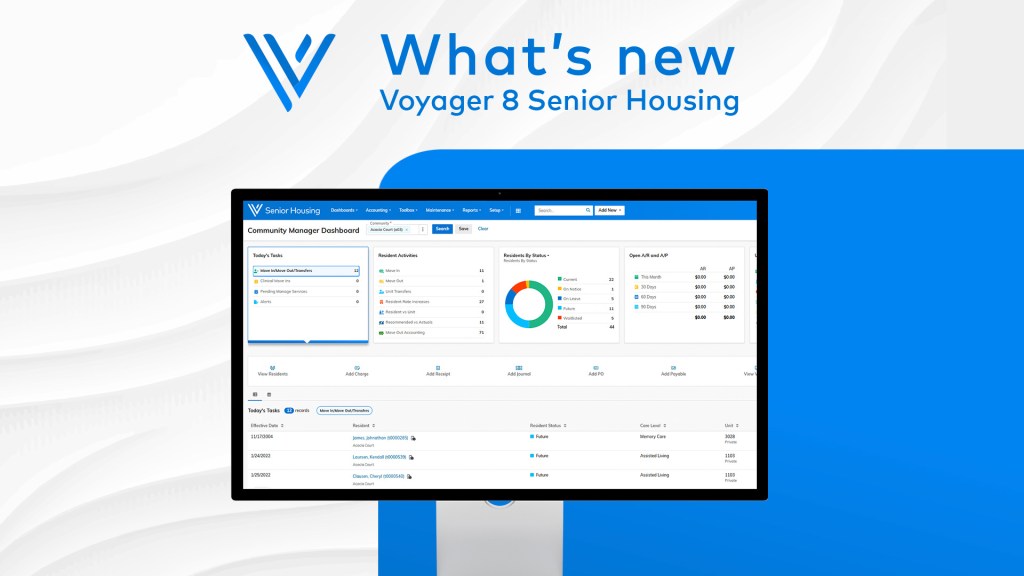By Joel Nelson on November 9, 2018 in News
A strong U.S. economy has given rise to an equally robust office real estate market. Office-using employment and wage gains outpace the national average growth rate, according to a recent report from Jeff Adler and Jack Kern, vice president and director of research, respectively, for Yardi Matrix .
.
Their update, presented in a webinar, focused on the macroeconomic outlook, national office fundamentals and trends, and technology disruptors.
Employment, gross domestic product, household formation and income levels are in good shape, supporting growth in the office market segment. More than half of the 115 major markets surveyed by Yardi Matrix are experiencing moderate rent growth. Intellectual capital—companies and workers—are leaving high-cost gateway markets such as New York, San Francisco and Los Angeles for lower living and business costs. Job growth is highest in emerging tech hub markets such as Reno, Nev., Boise, Idaho, Nashville, Tenn., and Orlando, Fla. An aging population is fueling growth in the medical office sector, especially in Sun Belt locations.
“Most markets remain undersupplied because supply isn’t keeping up with demand,” Adler said. High levels of pre-leasing activities indicates continued strong demand and likely swift absorption of new supply, especially in tech hub market hubs such as Austin, Texas, Raleigh-Durham, N.C., and Orlando.
Other pressures on the office market include a decreasing amount of square footage per employee, which is especially pronounced in central business districts and high-cost metros. In addition, coworking is growing, especially in dense, high-cost gateway markets, diverting 1-3% of office demand from traditional office leases. Coworking could eventually represent 10% of available space, Adler said, with Yardi a leader in providing the infrastructure and technology for coworking and shared space environments.
Technology trends likely to change the nature of work and create wealth in office real estate include the internet of things and artificial intelligence. “IoT is about infusing information and sensors into the physical environment and having the sensors create data, and having that data talk,” Adler said. There are two types of IoT, consumer and industrial, with real estate at the intersection.
Commercial IoT is becoming more prevalent, with about 50 billion devices being connected to the internet by 2020. Smart technology extends even to such mundane objects as car tires equipped with sensors that collect data on pressure, temperatures and other measurements and transmit it to fleet operators.
Shelter, transportation and energy are all becoming software platforms, and they will all be connected and infused in cities’ infrastructure elements including transportation, parking, lighting, and, of course, office buildings, which use smart systems to enhance the environment and cut costs by detecting leaks, tracking space usage and bolstering security, among many other applications.
One study estimates that AI will displace up to 800 million jobs by 2030, requiring about 375 million people to switch job categories. But what can’t be replaced, Adler said, is the human need to create new things, improve them and build interpersonal relationships, which will remain crucial to success for office occupants, owners and investors.
Although the office sector is “in pretty good shape,” Adler said, it’s “a sharpshooters market,” requiring savvy to find the right investments.


